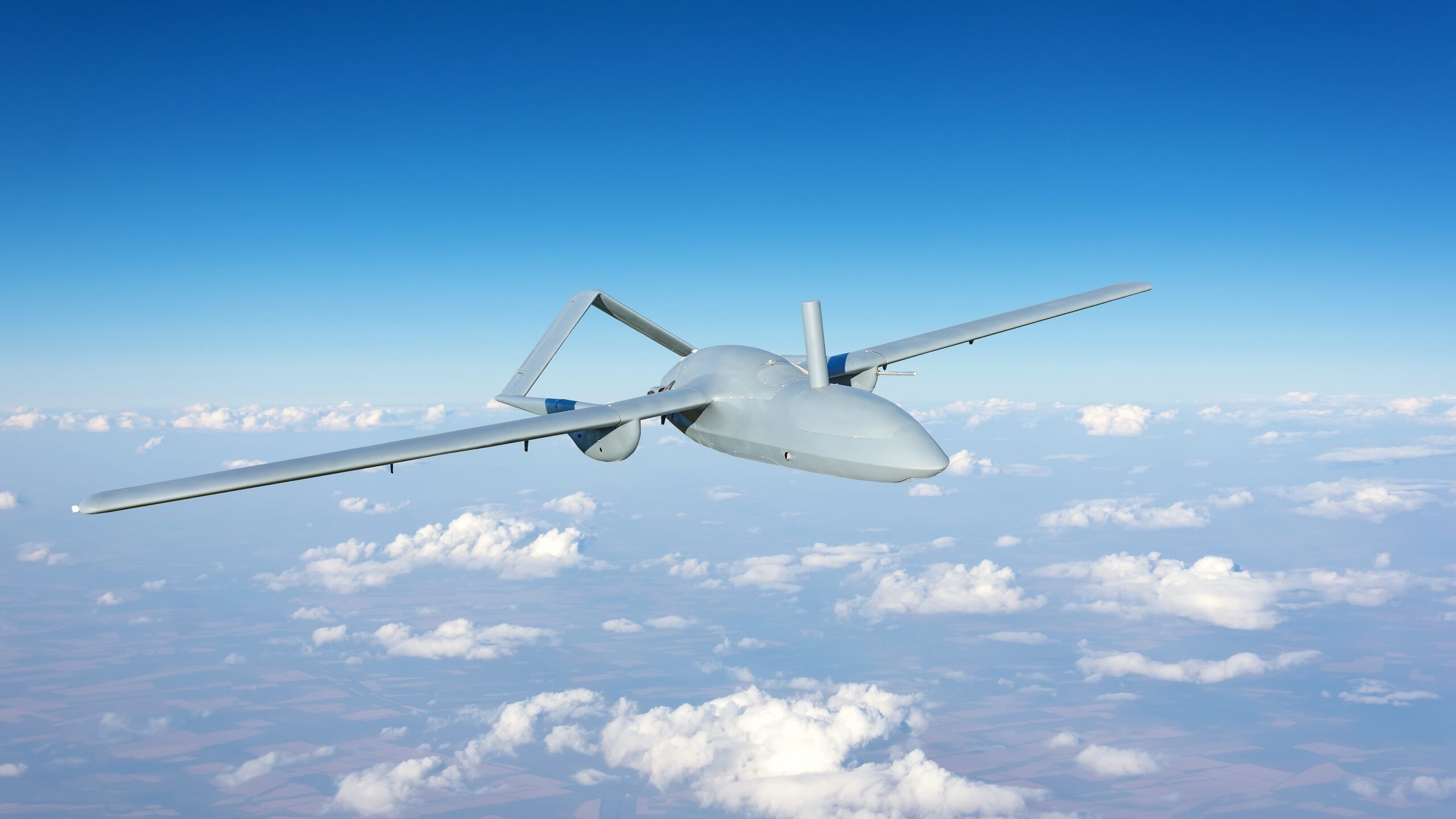Advancements in Unmanned Aerial Vehicles Are Reshaping Global Warfare
UAVs can make conventional militaries more efficient – but they are also helping nonstate actors become viable military powers
The importance of unmanned aerial vehicles (UAVs) to modern warfare has become manifest in recent days, with a Chinese spy balloon shot down by US military aircraft and an unmanned aerial vehicle from Gaza intercepted by Israel’s anti-missile Iron Dome system, both on Saturday. Experts say that the increased role of unmanned aerial vehicles in the global military arena is increasing the efficiency of state militaries and opening the doors for nonstate actors to participate in global warfare.
The first recorded use of UAVs in warfare dates to July 1849, when Austrian forces used balloons to drop bombs on the city of Venice. This marks the first instance of air power being used in a military context and serves as a precursor to the use of UAVs in modern warfare. Since then, various forms of unmanned aerial technology have been utilized for military purposes, including reconnaissance drones during World War I and the development of the first pilotless aircraft in World War II. However, it wasn’t until the late 20th century, with advancements in miniaturization and remote-control technology, that UAVs began to be widely used in military operations.
Aidan Poling, a research analyst at the Mitchell Institute for Aerospace Studies, a Washington-based think tank exclusively focused on aerospace power, told The Media Line that the importance of UAVs is increasing. “While it arguably began with the war on terror, the technology has now widely proliferated,” he said.
Drones accelerate the privatization of war
Militaries that employ UAVs gain various benefits from doing so, Professor Danny Orbach, a military historian at the Hebrew University of Jerusalem, told The Media Line. UAVs allow a commander to more easily identify a target and destroy it quickly and accurately, without necessarily relying on highly sophisticated equipment, Orbach said.
But UAVs are having a broader effect in warfare beyond simply increasing efficiency. “Drones accelerate the privatization of war,” Orbach said. “We already see that private military companies and contractors are playing an increasingly important role in the wars.” Orbach cited the role of the Wagner Group, a Russian private military company that has used UAVs in Russia’s war with Ukraine.
The democratization of air power has made the barrier to entry for effective air power far lower
Both intelligence UAVs and combat UAVs are available for purchase, and they are relatively cheap, making it easier for nonstate actors to obtain them and use them in wars.
This holiday season, give to:
Truth and understanding
The Media Line's intrepid correspondents are in Israel, Gaza, Lebanon, Syria and Pakistan providing first-person reporting.
They all said they cover it.
We see it.
We report with just one agenda: the truth.


“The democratization of air power has made the barrier to entry for effective air power far lower,” Poling said.
During the Cold War, to be considered a serious military actor, a party would need tanks, high-end artillery, ballistic missiles, or nuclear weapons – all of which are prohibitively expensive for any nonstate actor, Orbach said. “Now, these things are still very important, but because drones are increasingly important, it is easier for nonstate elements to participate in wars,” he explained.
Alice Gower, director of geopolitics and security at London-based strategic advisory firm Azure Strategy, told The Media Line that the commercial availability of UAVs has made the field of UAVs harder to control and regulate. “This has led to nonstate actors, as well as smaller states, either having access to or developing their own drone technology and capability,” she said.
You can use consumer-grade drones that anyone can buy at eBay
Or Epstein, co-founder and chief business officer of Wonder Robotics, an Israeli-based drone startup, noted that very few countries have the capacity to independently develop sophisticated UAVs. “But the barrier to buying this type of technology is very low,” he said.
For a tactical mission, he said, “you can use consumer-grade drones that anyone can buy at eBay.”
Orbach, too, pointed out the blurry line between consumer UAVs and UAVs intentionally designed for military use. “You can take a civilian drone, put a camera on it, or a makeshift bomb, and it becomes a weapon,” he said.
The use of makeshift weapons by terrorist groups has become commonplace, but according to Orbach, the use of makeshift weapons has become increasingly important in conventional wars as well, especially in the conflict between Russia and Ukraine.
The US and Israel were once global leaders in the field of UAVs, but now Russia, China, Turkey, and Iran have significant stocks of sophisticated UAVs, Gower said. “The potential for mass or swarm deployment is increasing, particularly with the development of artificial intelligence,” she explained.
Further developing artificial intelligence and creating completely autonomous UAVs is the next major challenge for the field, Epstein said.
According to Orbach, as important as UAVs have become, wars are still lost and won on land and not in the air. “It is not by chance that what the Ukrainians want the most are tanks, not drones,” he said.
Polling, too, was wary of overstating the importance of UAVs to modern warfare. “First-mover advantages exist, but as technology becomes more common, either everyone adopts it or discovers effective countermeasures to it,” he said.

